Teaching International Student Pilots
Air Facts
MARCH 5, 2025
You then execute a 180 o descending Final Turn maintaining 175 knots to arrive wings-level one mile from the threshold on final approach at 500 AGL. At that point, you slow to the final approach speed of 155 knots, which is held until crossing the approach-end overrun where you reduce power to touch down at 130 knots.

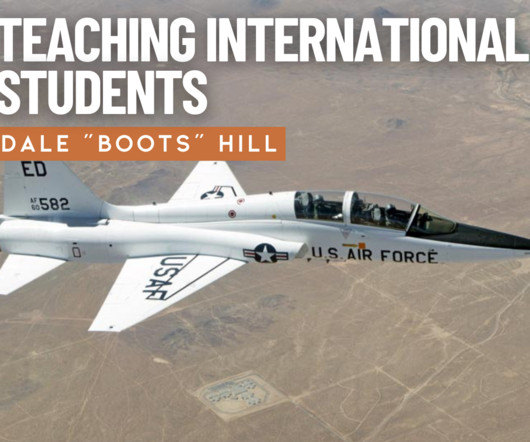

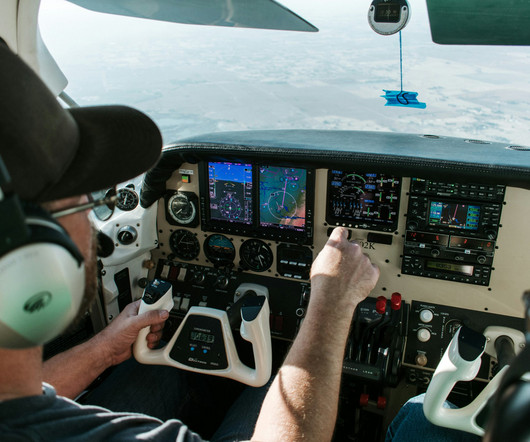

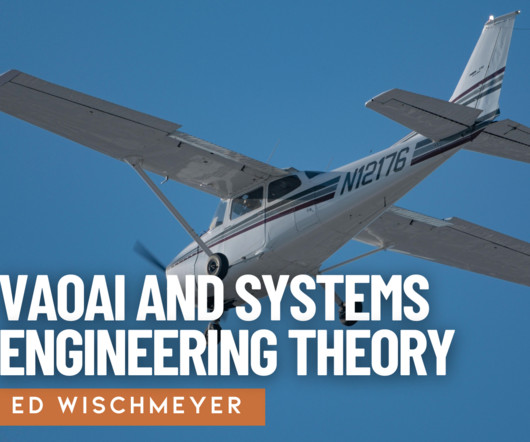


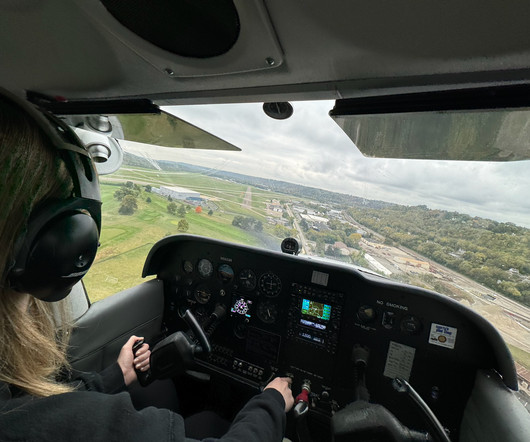
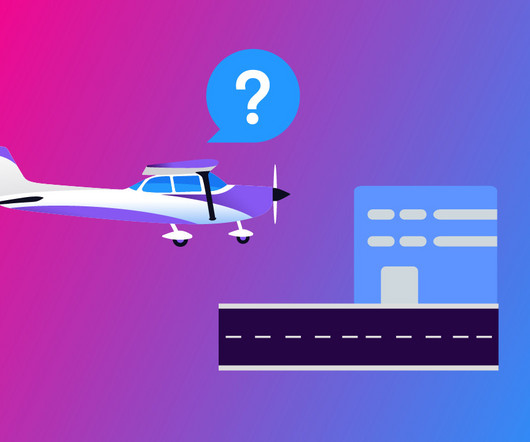

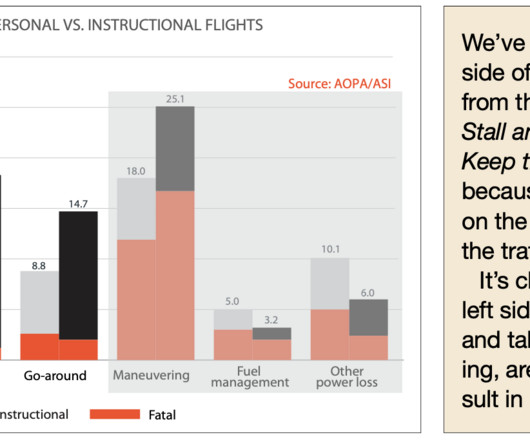







Let's personalize your content